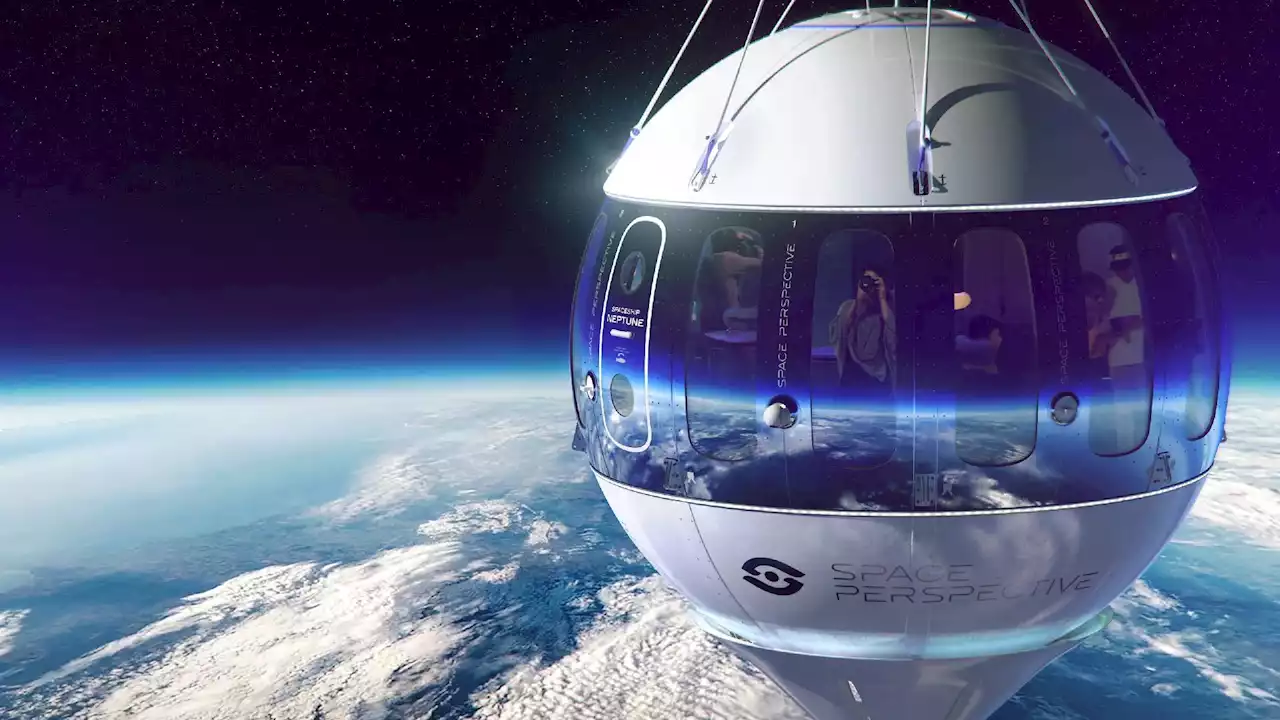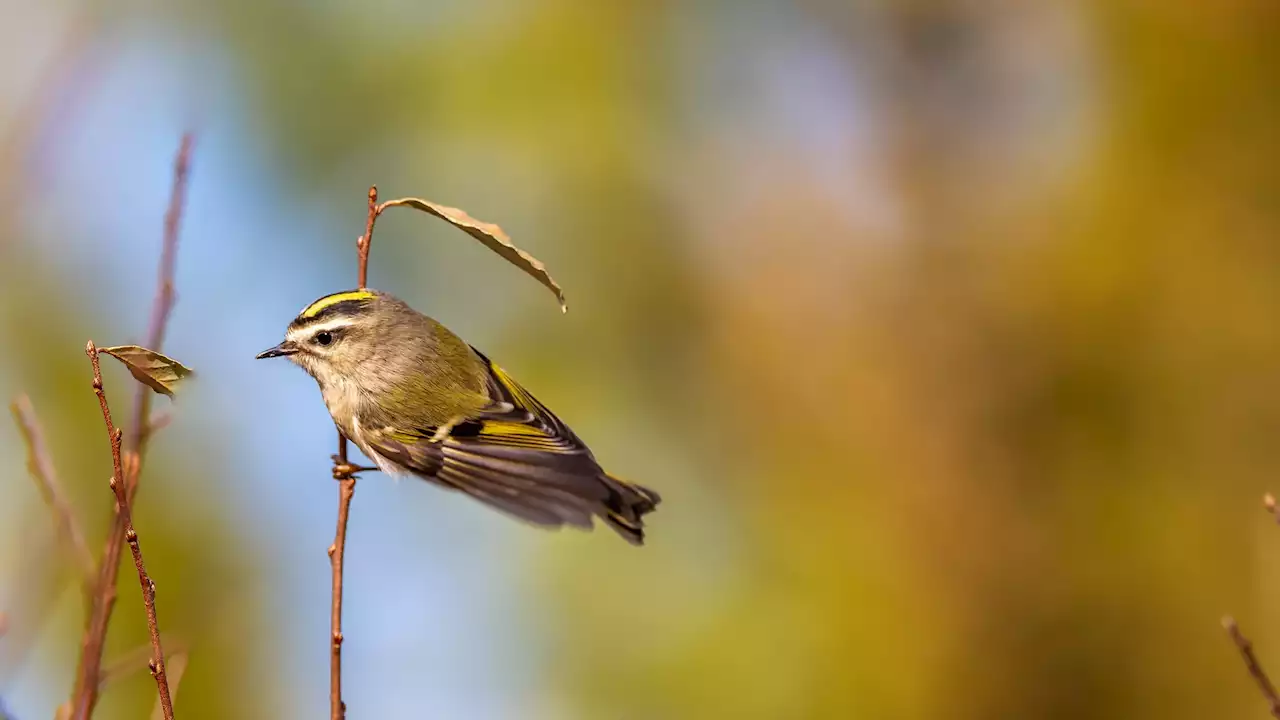A versatile robot that would autonomously map, traverse, and explore previously inaccessible destinations is being put to the test at NASA’s Jet Propulsion Laboratory. How do you create a robot that can go places no one has ever seen before – on its own, without real-time human input? A team at N
. Although testing and development continue, designing for such a challenging destination has resulted in a highly adaptable robot. EELS could pick a safe course through a wide variety of terrain on Earth, the Moon, and far beyond, including undulating sand and ice, cliff walls, craters too steep for rovers, underground lava tubes, and labyrinthine spaces within glaciers.
The project team began building the first prototype in 2019 and has been making continual revisions. Since last year, they’ve been conducting monthly field tests and refining both the hardware and the software that allows EELS to operate autonomously. In its current form, dubbed EELS 1.0, the robot weighs about 220 pounds and is 13 feet long. It’s composed of 10 identical segments that rotate, using screw threads for propulsion, traction, and grip.
JPL’s EELS was conceived of as an autonomous snake robot that would descend narrow vents in the icy crust of Saturn’s moon Enceladus to explore the ocean hidden below. But prototypes of have been put to the test to prepare the robot for a variety of environments. Credit: NASA/JPL-CaltechBecause of the communications lag time between Earth and deep space, EELS is designed to autonomously sense its environment, calculate risk, travel, and gather data with yet-to-be-determined science instruments.
EELS creates a 3D map of its surroundings using four pairs of stereo cameras and lidar, which is similar to radar but employs short laser pulses instead of radio waves. With the data from those sensors, navigation algorithms figure out the safest path forward. The goal has been to create library of “gaits,” or ways the robot can move in response to terrain challenges, from sidewinding to curling in on itself, a move the team calls “banana.
United States Latest News, United States Headlines
Similar News:You can also read news stories similar to this one that we have collected from other news sources.
 “Space Waves” – The Key to Understanding Space Weather?According to researchers at Embry-Riddle Aeronautical University, new understandings of 'space waves' could lead to more precise space weather forecasts and safer navigation for satellites navigating through radiation belts. The group's recent findings, published in the journal Nature Communicati
“Space Waves” – The Key to Understanding Space Weather?According to researchers at Embry-Riddle Aeronautical University, new understandings of 'space waves' could lead to more precise space weather forecasts and safer navigation for satellites navigating through radiation belts. The group's recent findings, published in the journal Nature Communicati
Read more »
 Marriage in space? Company plans to be the first to offer the serviceSpace company Space perspective has ambitious plans for carbon-free travel to space that could include the world's first marriage in space.
Marriage in space? Company plans to be the first to offer the serviceSpace company Space perspective has ambitious plans for carbon-free travel to space that could include the world's first marriage in space.
Read more »
 City Tacos Opening 10,000-Square-Foot ‘Playground' in Ocean BeachThe space will feature tacos, flowers and coffee, games, lounge space and live music.
City Tacos Opening 10,000-Square-Foot ‘Playground' in Ocean BeachThe space will feature tacos, flowers and coffee, games, lounge space and live music.
Read more »
 Smallest species shifting the fastest: Bird body size predicts rate of change in a warming worldBirds across the Americas are getting smaller and longer-winged as the world warms, and the smallest-bodied species are changing the fastest.
Smallest species shifting the fastest: Bird body size predicts rate of change in a warming worldBirds across the Americas are getting smaller and longer-winged as the world warms, and the smallest-bodied species are changing the fastest.
Read more »
 Monday in Washington seemed reminiscent of shifting seasonsOut of morning’s mists came afternoon warmth.
Monday in Washington seemed reminiscent of shifting seasonsOut of morning’s mists came afternoon warmth.
Read more »
 Padma Lakshmi, 52, had 3 weeks to get in shape for Sports Illustrated Swimsuit issue“Luckily I was trying to lose the weight from ‘Top Chef’ so I was in the gym a lot but I only had three weeks’ notice, it was surreal,” she told Page Six.
Padma Lakshmi, 52, had 3 weeks to get in shape for Sports Illustrated Swimsuit issue“Luckily I was trying to lose the weight from ‘Top Chef’ so I was in the gym a lot but I only had three weeks’ notice, it was surreal,” she told Page Six.
Read more »
